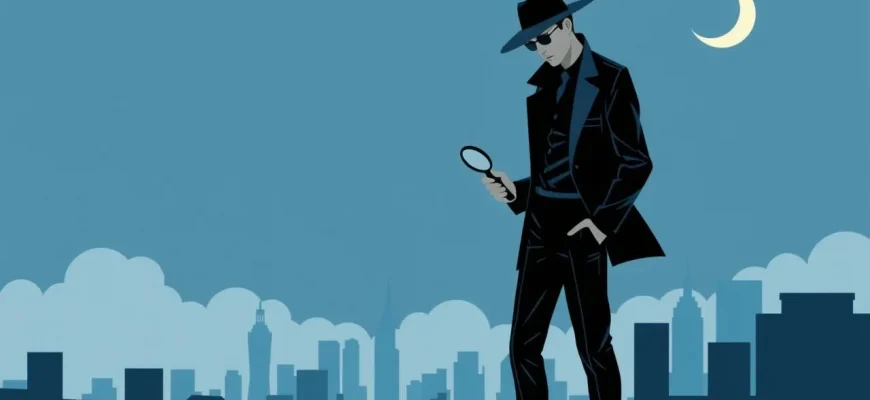Dive into the enigmatic world where dreams and detective work intertwine. This unique collection of films showcases how the subconscious mind can be a key player in solving mysteries. From psychological thrillers to mind-bending narratives, these films offer a fascinating exploration of the human psyche, making them a must-watch for anyone intrigued by the power of dreams and the art of deduction.
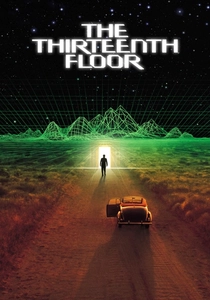
The Thirteenth Floor (1999)
Description: A computer scientist discovers that his reality might be a simulation, leading to a detective story that explores the nature of reality and dreams. Its mind-bending plot fits perfectly into this collection.
Fact: The film is loosely based on the novel "Simulacron-3" by Daniel F. Galouye. Also, it was released around the same time as 'The Matrix', leading to comparisons between the two.
 Watch Now
Watch Now
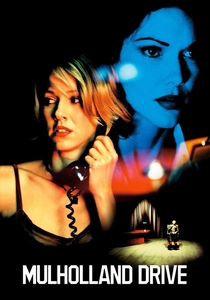
Mulholland Drive (2001)
Description: David Lynch's surreal masterpiece where a woman with amnesia and an aspiring actress navigate through a dream-like Los Angeles, uncovering a mystery that blurs the lines between reality and fantasy.
Fact: The film started as a pilot for a TV series but was later re-edited into a feature film. Also, the famous Club Silencio scene was filmed in Paris.
 Watch Now
Watch Now
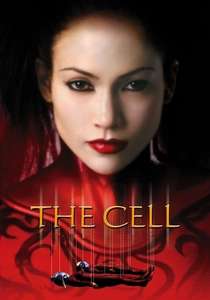
The Cell (2000)
Description: A child psychologist enters the mind of a comatose serial killer to find his latest victim. The film's exploration of the subconscious through dream-like sequences is both visually stunning and deeply disturbing.
Fact: The film was inspired by the works of Salvador Dalí and H.R. Giger, which influenced its surreal visual style. Also, Jennifer Lopez's character was originally written for a male actor.
 Watch Now
Watch Now
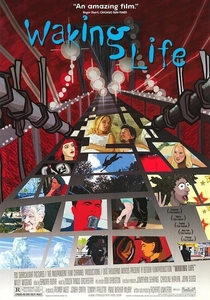
Waking Life (2001)
Description: A young man navigates through a series of dream-like encounters, questioning the nature of reality and existence. Its philosophical discussions and rotoscoped animation make it a thought-provoking addition.
Fact: The film uses rotoscoping, where live-action footage is traced over to create an animated effect. Also, it features numerous real-life philosophers discussing various existential themes.
 Watch Now
Watch Now
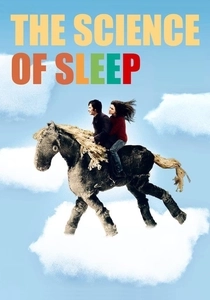
The Science of Sleep (2006)
Description: A whimsical tale about a man whose dreams start to invade his waking life, leading to a surreal journey of self-discovery and love. Its dream-like sequences and inventive storytelling make it a unique entry.
Fact: The film was shot in Paris, and many of the dream sequences were created using practical effects. Also, Michel Gondry, the director, is known for his innovative visual style.
 Watch Now
Watch Now
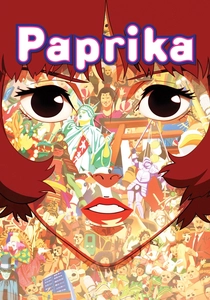
Paprika (2006)
Description: In this anime, a device that allows therapists to enter patients' dreams is stolen, leading to a detective story where dreams and reality merge. Its vibrant visuals and complex narrative make it a standout in this genre.
Fact: The film was directed by Satoshi Kon, known for his dream-like storytelling. Also, it was one of the inspirations for 'Inception'.
 Watch Now
Watch Now

Shutter Island (2010)
Description: Set in 1954, this film follows U.S. Marshal Teddy Daniels as he investigates the disappearance of a patient from a psychiatric facility. Dreams and reality blur as Teddy uncovers the truth, making this a compelling addition to our list.
Fact: The film was shot on location at the old Medfield State Hospital in Massachusetts, which added to the eerie atmosphere. Also, the ending was intentionally left ambiguous to keep viewers guessing.
 Watch Now
Watch Now
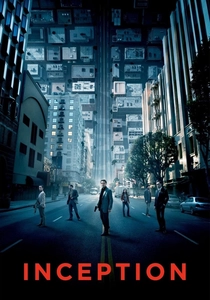
Inception (2010)
Description: A masterclass in dream manipulation, 'Inception' follows a professional thief who uses experimental technology to infiltrate the subconscious of his targets. The film's intricate plot revolves around the concept of dreams within dreams, making it a perfect fit for this collection.
Fact: The film required a special team of scientists to help develop the dream-sharing technology. Also, the spinning top used by Leonardo DiCaprio's character was actually his own personal totem.
 Watch Now
Watch Now
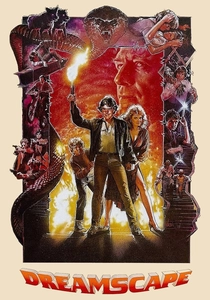
Dreamscape (1984)
Description: A psychic is recruited to enter people's dreams to prevent a political assassination, blending elements of sci-fi, horror, and detective work. Its pioneering use of dream sequences makes it a notable inclusion.
Fact: The film was one of the first to use computer-generated imagery (CGI) for dream sequences. Also, it was influenced by the works of Carl Jung.
 30 Days Free
30 Days Free

The Lathe of Heaven (1980)
Description: Based on Ursula K. Le Guin's novel, this film follows a man whose dreams can alter reality, leading to a psychological thriller where a psychiatrist tries to control these dreams for his own ends.
Fact: The film was made for PBS and was one of the first adaptations of Le Guin's work. Also, it explores themes of control, power, and the nature of reality.
 30 Days Free
30 Days Free

